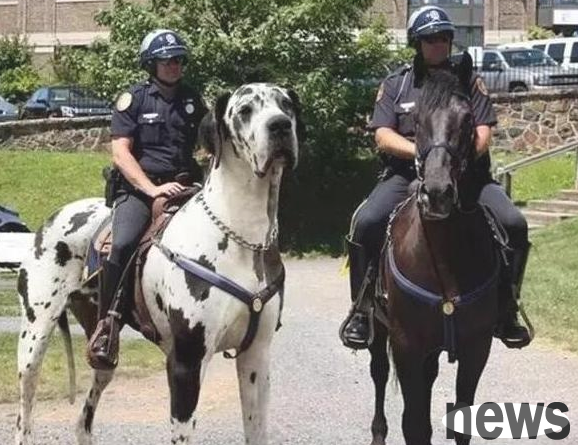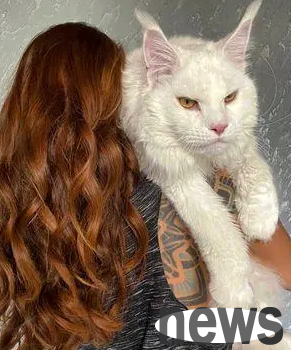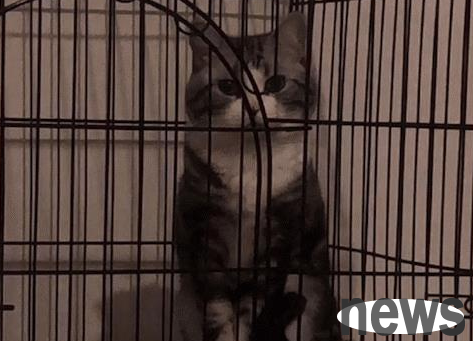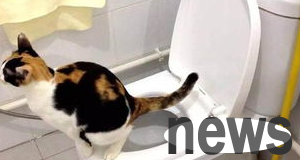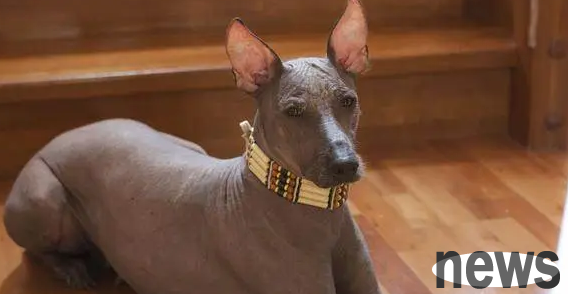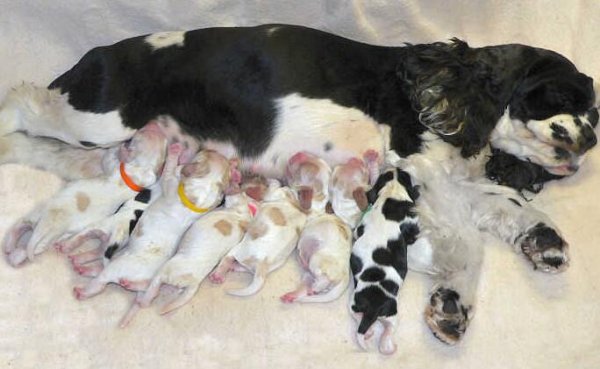Five common anesthesia complications in dogs and cats
Anesthesia management in small animal patients relies on comprehensive patient assessment, careful anesthesia monitoring and supportive care during recovery. Five common complications during anesthesia include hypotension, hypothermia, abnormal heart rate (such as bradycardia, tachycardia), insufficient ventilation and difficulty in awakening (such as long duration, irritability, pain). Prepare for the treatment of anesthesia complications to bring the best results.
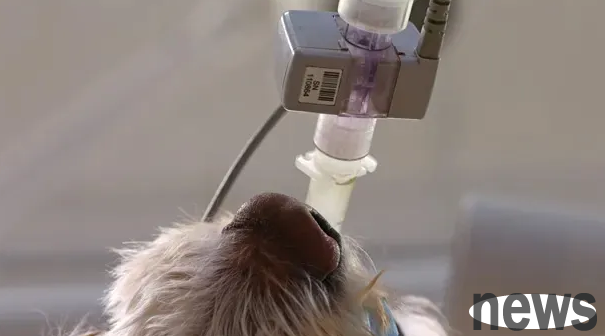
1. Hypotension
For anesthetized small animals, the minimum acceptable average arterial pressure is 60 mmHg. Blood pressure monitoring can be obtained indirectly by using Doppler and oscilloscope devices or directly by intubation arteries.
Some anesthetic drugs can significantly lead to hypotension. Inhalation can lead to a dose-dependent reduction in cardiac contraction and systemic vascular resistance. Acepromazine and propofol can cause vasodilation. The use of the lowest effective dose of the injection and/or a lower evaporator setting will most advantageously minimize hypotension during anesthesia event.
Other causes of hypotension that should be considered include blood loss, dehydration caused by insufficient volume supplementation, other drugs (e.g., angiotensin-converting enzyme inhibitors), allergic reactions, and histamine release.
Therapy for treating and coping with hypotension should include minimizing the depth of anesthesia and/or injection of crystals or colloids; when refractory hypotension occurs, intervention should be considered for vasopressors or inotropic drugs (see Hypotension Management).
2. During anesthesia, due to normal temperature regulation, the heat production is reduced and the body temperature will drop. Direct anesthesia causes of hypothermia include α-2 adrenaline agonists acting on the α-2C receptor and opioids acting on the opioid receptors acting on the hypothalamic thermoregulatory center. Acepromazine, inhalers, and inducers (such as propofol and alfasalon) can reduce body temperature due to vasodilation and/or slowing metabolism. Other causes of hypothermia include intravenous infusion, shaving, and excessive opening of the body cavity.
It is well known that low temperatures can negatively affect coagulation and overall immune function and reduce the need for inhaled anesthetics. During anesthesia, low temperatures can lead to a lower metabolic rate, thereby reducing drug demand. Bradycardia may also be caused by moderate to severe hypothermia caused by reduced self-discipline of sinoatrial and atrioventricular nodes. The authors believe that anticholinergic drugs (e.g., glycopyrrolate, atropine) are often ineffective in the treatment of such bradycardia when the core temperature is below 94°F (34.4°C).
Figure 1 The cat suffered heat damage after the patient's skin was in direct contact with the warm liquid bag. Burns occur when heating devices (such as warm liquid bags, electric blankets) directly contact the patient's skin or when insulation materials (such as towels, sheets, hair) between the heating devices and the patient are soaked in liquid. Photo courtesy of Dr. Cheryl Blaze.
Efforts should be made to isolate the patient from the cold surface and maintain body temperature above 98°F (36.7°C). The heating device that can be used to maintain body temperature or treat hypothermia is preferably designed for veterinary and/or anesthetized human patients and should follow the manufacturer's instructions for safe use.
3. Heart rate abnormality
Heart rate (HR) abnormality and arrhythmias often occur during general anesthesia. Monitoring of arrhythmias by electrocardiogram during peri-ansthesia is crucial, and a combination of direct auscultation, SpO2 and audible Doppler can provide comprehensive cardiovascular monitoring.
Bradycardia generally refers to the heart rate of large dogs <50 bpm, the heart rate of small dogs <70 bpm, and the heart rate of cats <100 bpm. Bradycardia is usually caused by the use of vagus stimulants (e.g., alpha-2 adrenaline agonists or opioids), stimulation of vagus-mediated reflexes (e.g., ocular center reflexes, cannulation), hyperkalemia or anesthesia consequences (including too deep anesthesia, hypothermia, and hypoxia). When the cause of bradycardia is increased vagus tone, anticholinergic drugs (such as atropine, glycopyrrolate) should be used. Bradycardia is a reflex expected after α-2 and does not require treatment unless hypotension occurs and/or reduction in peripheral perfusion occurs. In this case, an α-2 antagonist should be used first and wait for it to take effect before using an anticholinergic drug. If bradycardia is caused by excessive depth of anesthesia, hypothermia, or hyperkalemia, the underlying cause should be corrected.
Tachycardia and tachycardia arrhythmia usually refer to the heart rate of cats > 200 beats/min, and the heart rate of dogs > 160 beats/min. Concerns about a significant increase in heart rate during general anesthesia are the reduction in filling time and cardiac output, which impairs cardiovascular function.
Anesthesia-related causes of sinus tachycardia include drugs (e.g., ketamine, anticholinergic drugs), insufficient depth of anesthesia, pain or surgical response, hypoxia, hypercapnia, or hypotension. Other patient factors to consider include hyperthyroidism, heart disease, anemia, shock, pheochromocytoma, and allergic reactions. The treatment of sinus tachycardia should be targeted at the cause. For example, for painful animals, additional analgesic treatment should be provided.
Intermittent and isolated ventricular premature beats may be normal and harmless for healthy dogs and cats undergoing anesthesia. Unless arrhythmia becomes more frequent (> 20 beats/min), leads to a decrease in blood pressure, or transitions to ventricular tachycardia, intervention is usually not required. Similarly, treatment should focus on the source, but in the face of ventricular tachycardia, lidocaine is the main treatment followed by procainamide in refractory cases. Care should be taken to always reduce the lidocaine dose in cats, as cats are more sensitive to toxicity.
4. Insufficient ventilation
Insufficient ventilation is usually caused by drugs. Opioids propofol, alfasalon and inhalers can cause dose-dependent decreases in respiratory rate; acepromazine and benzodiazepines can cause mild respiratory depression. Other causes include impaired respiratory muscle strength (such as rib fractures, pleural disease, obesity) and upper respiratory tract obstruction, which are commonly found in short-headed airway syndrome and tracheal collapse. It is best to use a carbon dioxide map for ventilation monitoring, with normal end-expiration carbon dioxide of 35-45 mmHg. Used in conjunction with a pulse oximeter provides more complete information on gas exchange in the lungs.
The normal respiratory frequency of dogs and cats usually varies by size and position, with most dogs having a breathing frequency of 6-10 times per minute and cats having a breathing frequency of 16-20 times per minute. In patients who are unable to breathe independently during anesthesia, depth indicators should be evaluated. If the inhalant is considered sufficient, the inhalant should be reduced. Intermittent manual and/or mechanical ventilation may need to be considered until spontaneous breathing is restored.
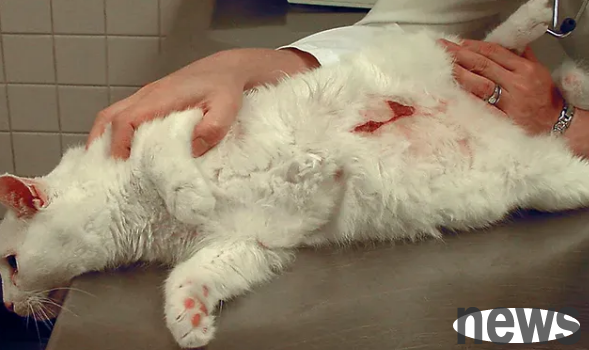
5. Patients with difficult awakening
should continue to be closely monitored during recovery, because most anesthesia deaths occur during the post-ansthesia period. The two most common recovery complications are , the first delayed recovery (more than 30 minutes after termination of gas anesthesia) and the second rapid recovery, accompanied by irritability, with or without obvious pain.
Extended recovery time is usually caused by hypothermia or excessive drug effects. To correct hypothermia, appropriate measures should be taken to keep the patient warm. If reversible anesthetics (e.g. opioids, benzodiazepines, alpha-2 agonists) are used, reversal drugs should be considered, provided that there is still sufficient analgesic effect.
Compared with delayed recovery, rapid recovery usually brings a subjective and painful experience to the patient. It is important to provide a quiet recovery environment for an emotionally upset pet. It is necessary to determine whether the patient has difficulty recovering from pain or irritability and/or agitation caused by residual anesthetic medication.
In terms of irritability alone, time usually relieves clinical symptoms, but still restless (more than 5 minutes after extubation) patients with convulsions and irritability may require a low dose of acepromazine or alpha-2 adrenaline agonist. For animals undergoing prolonged, potentially invasive surgery, pain may increase the difficulty of recovery. For patients with pain, additional analgesics should be provided.


